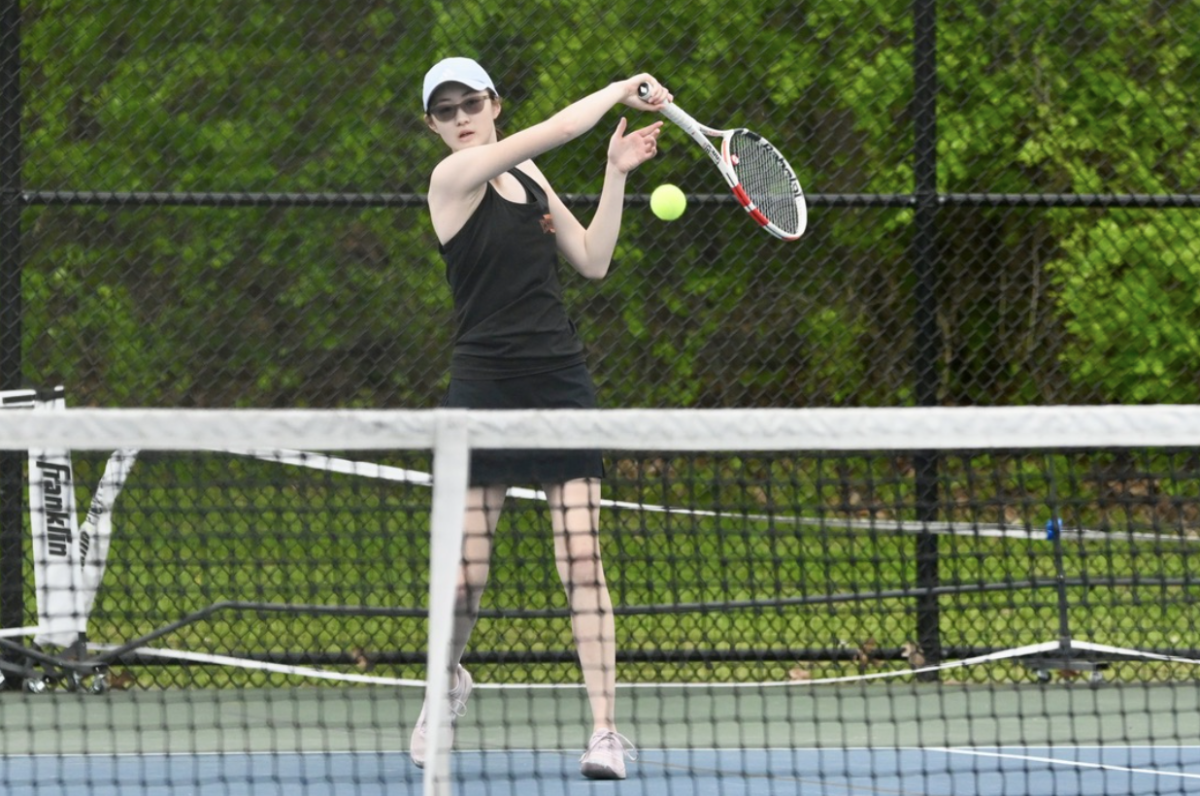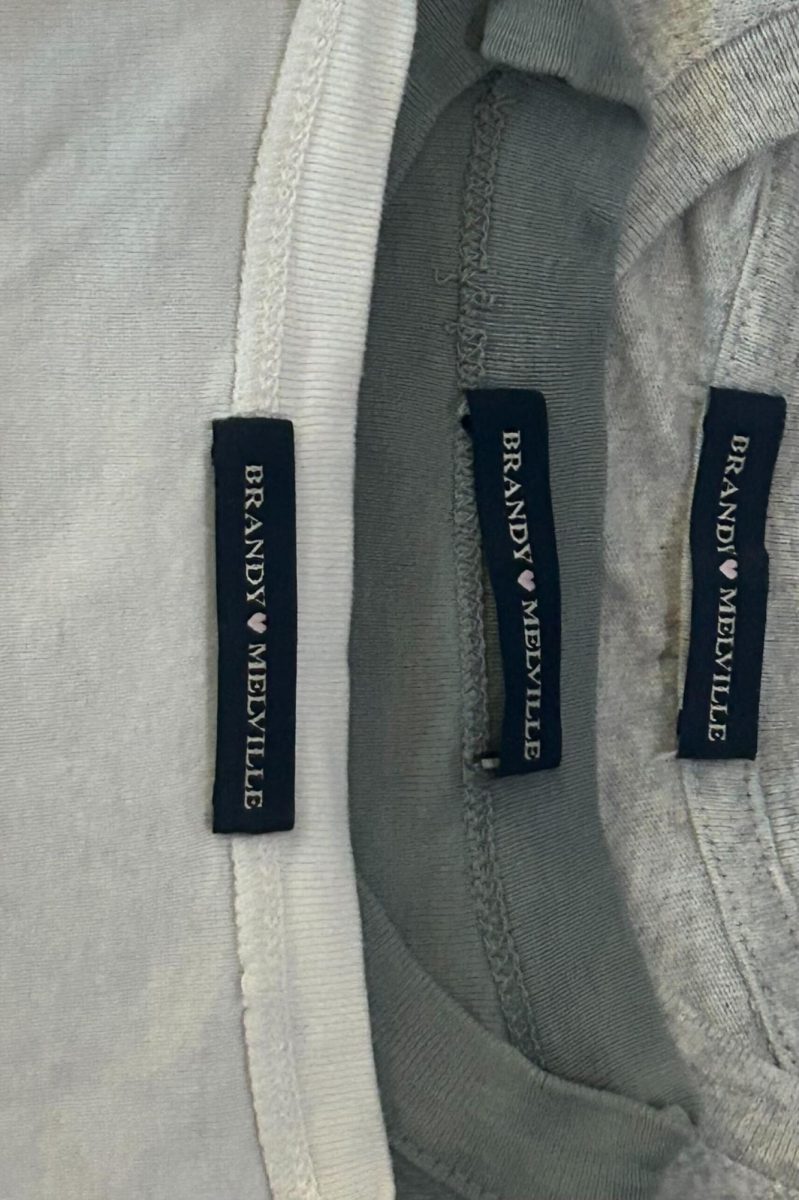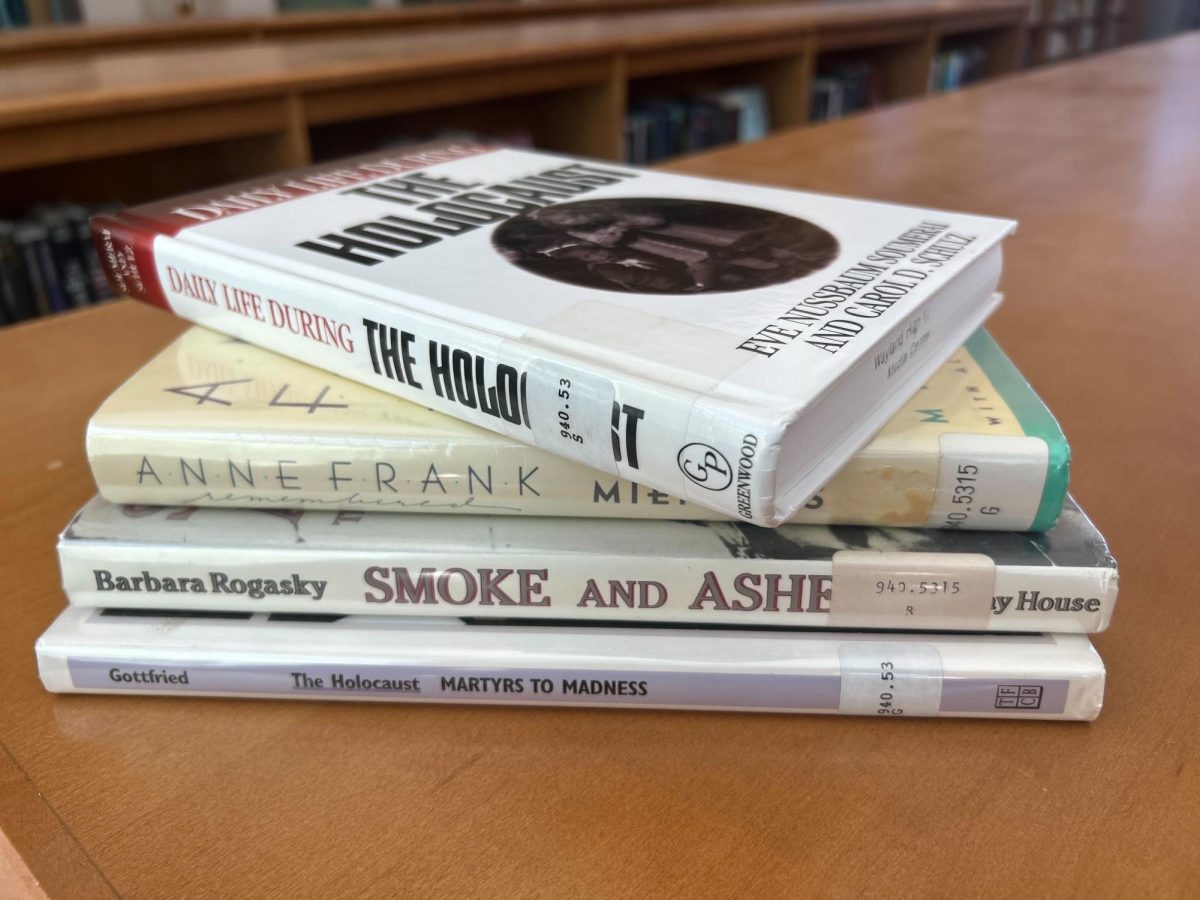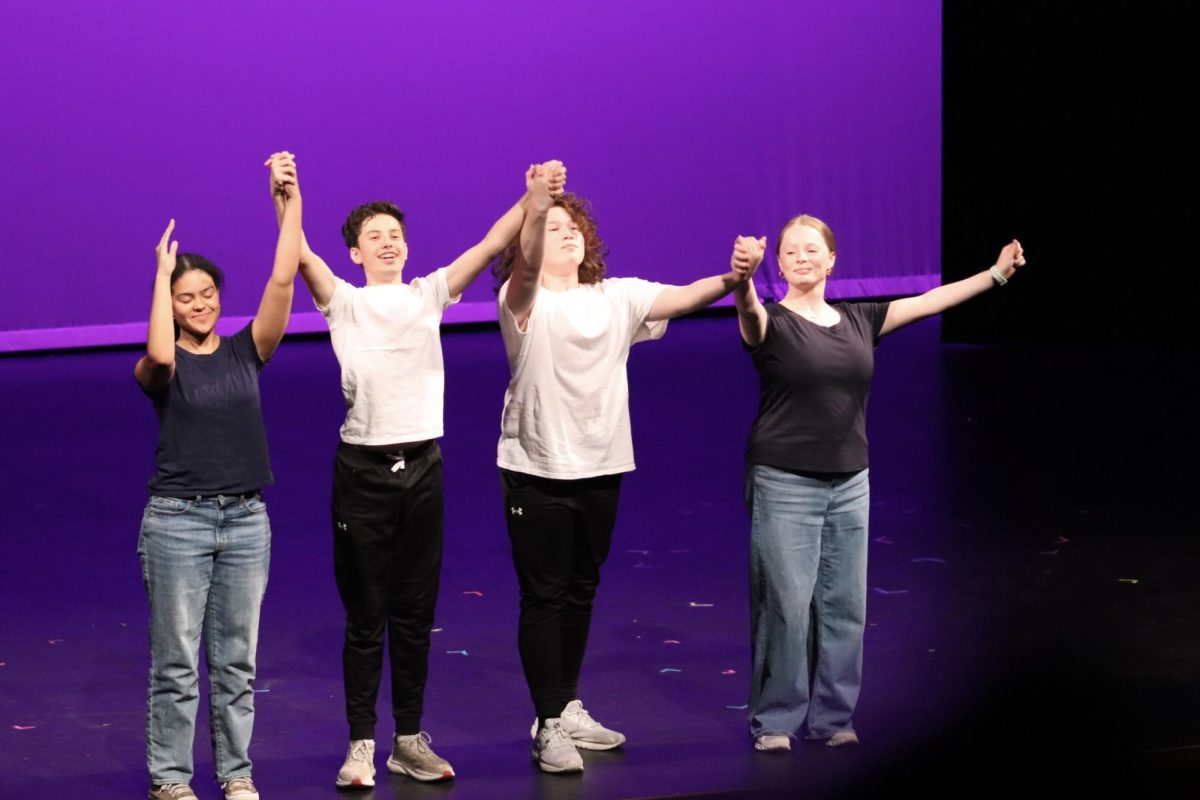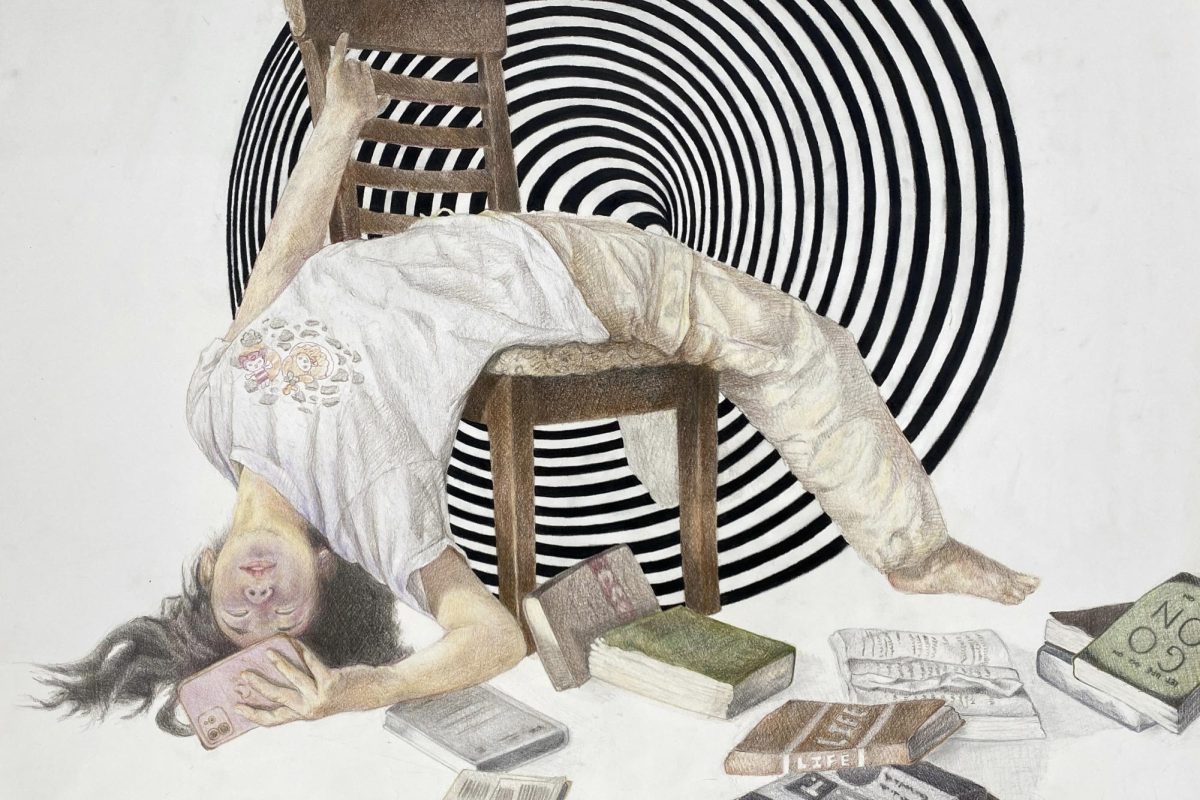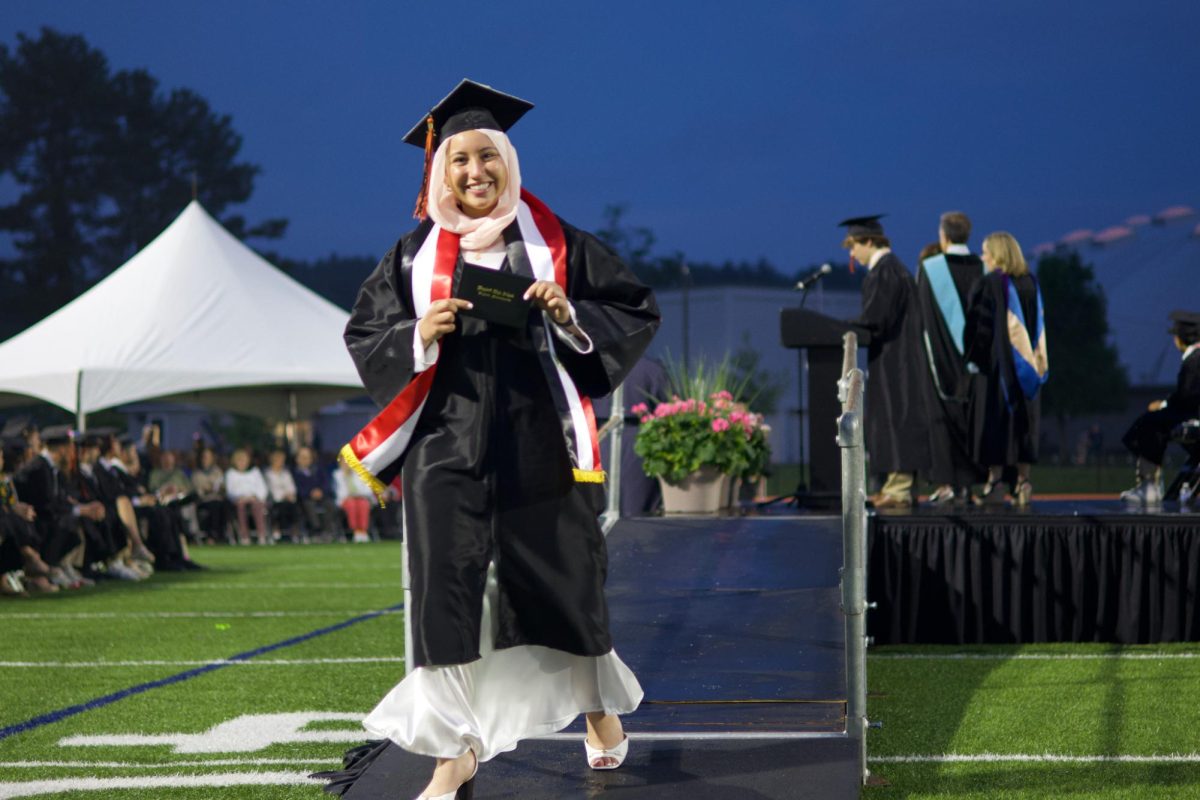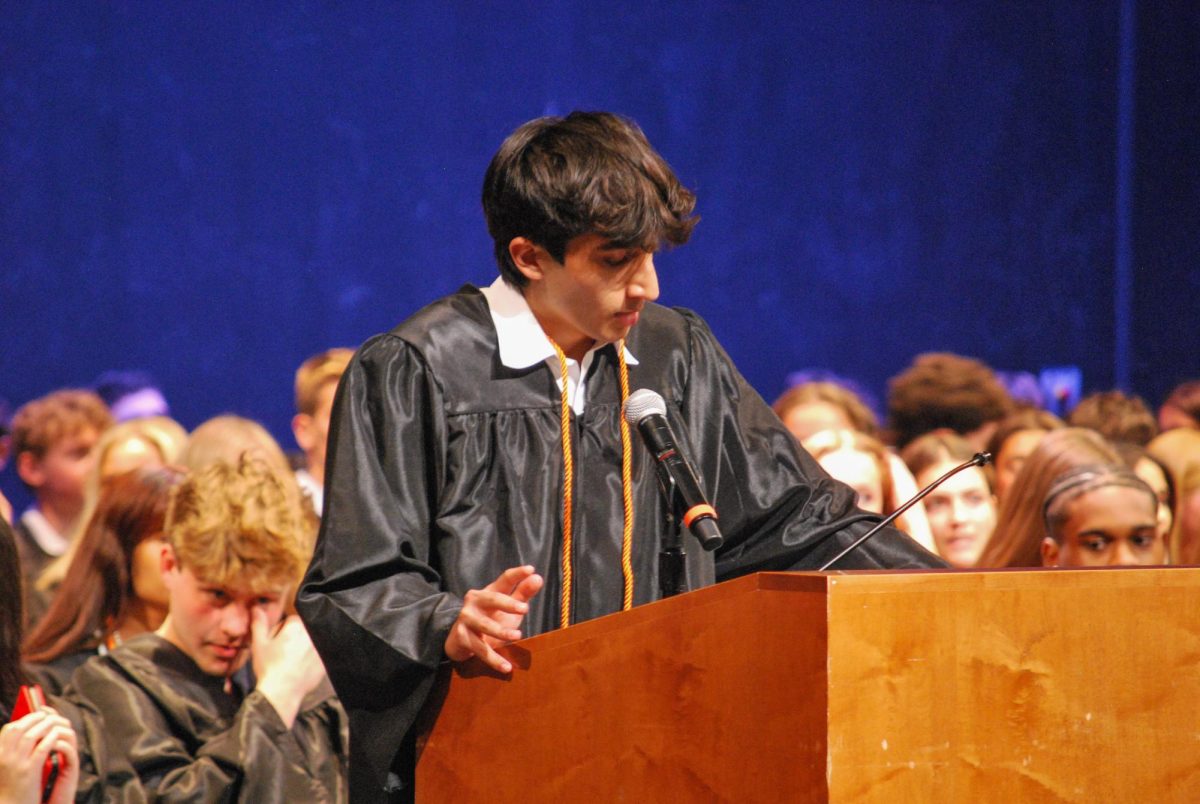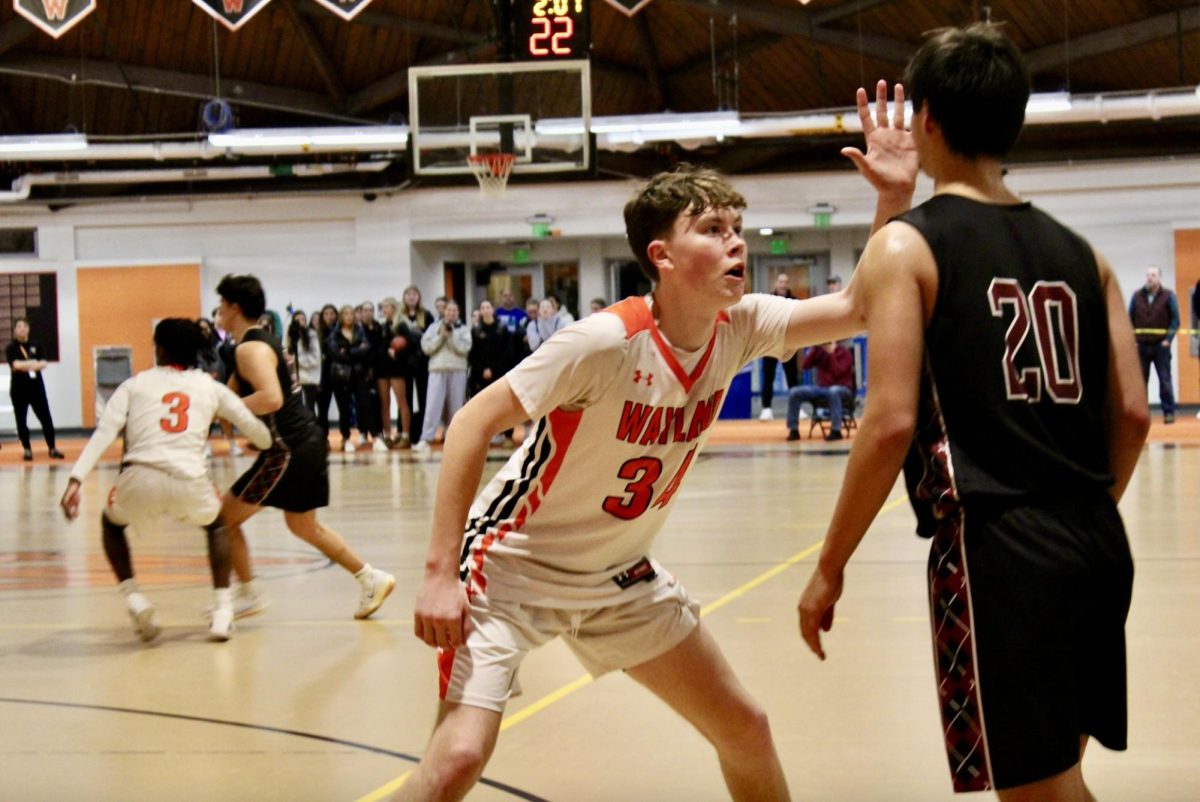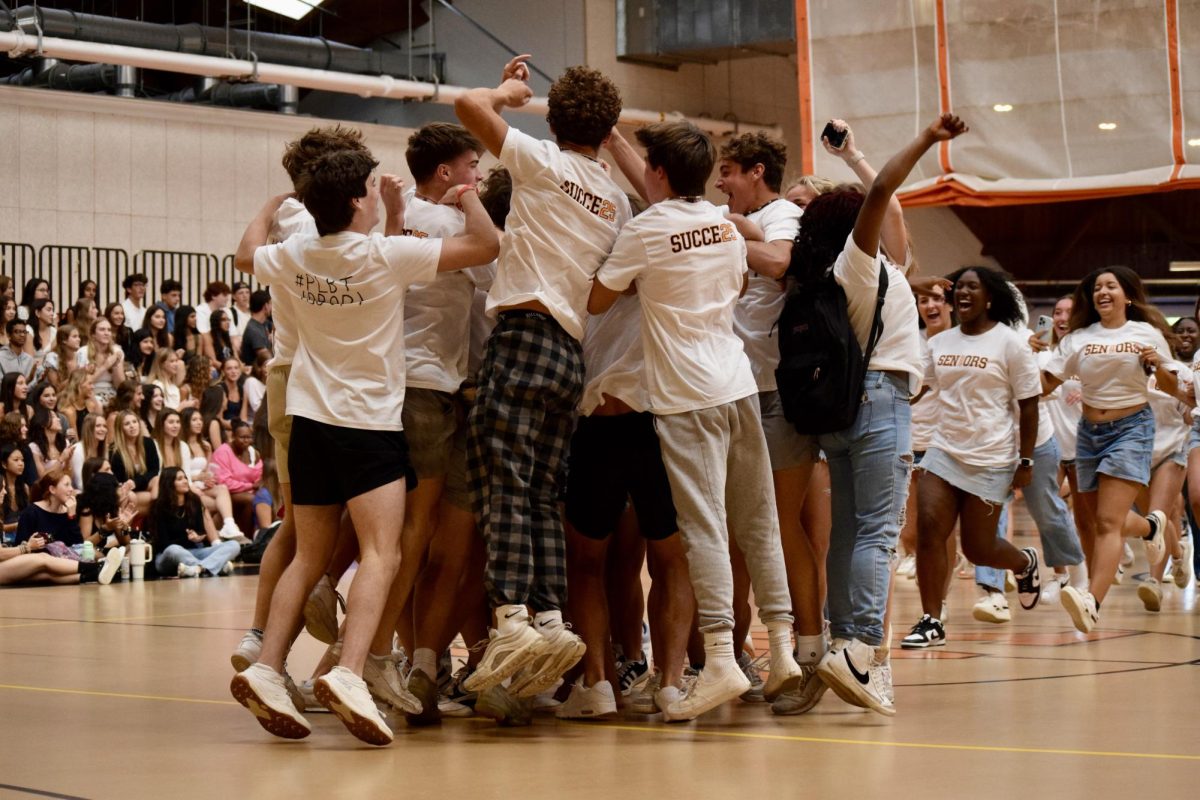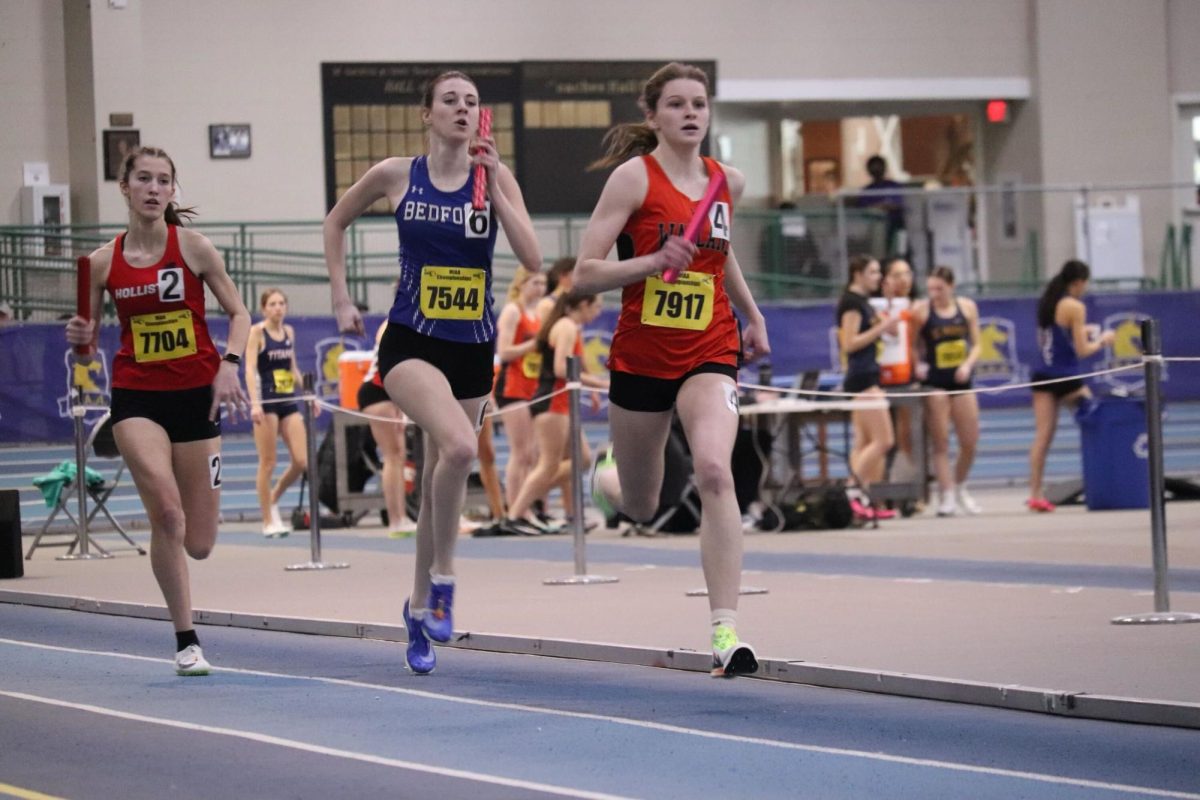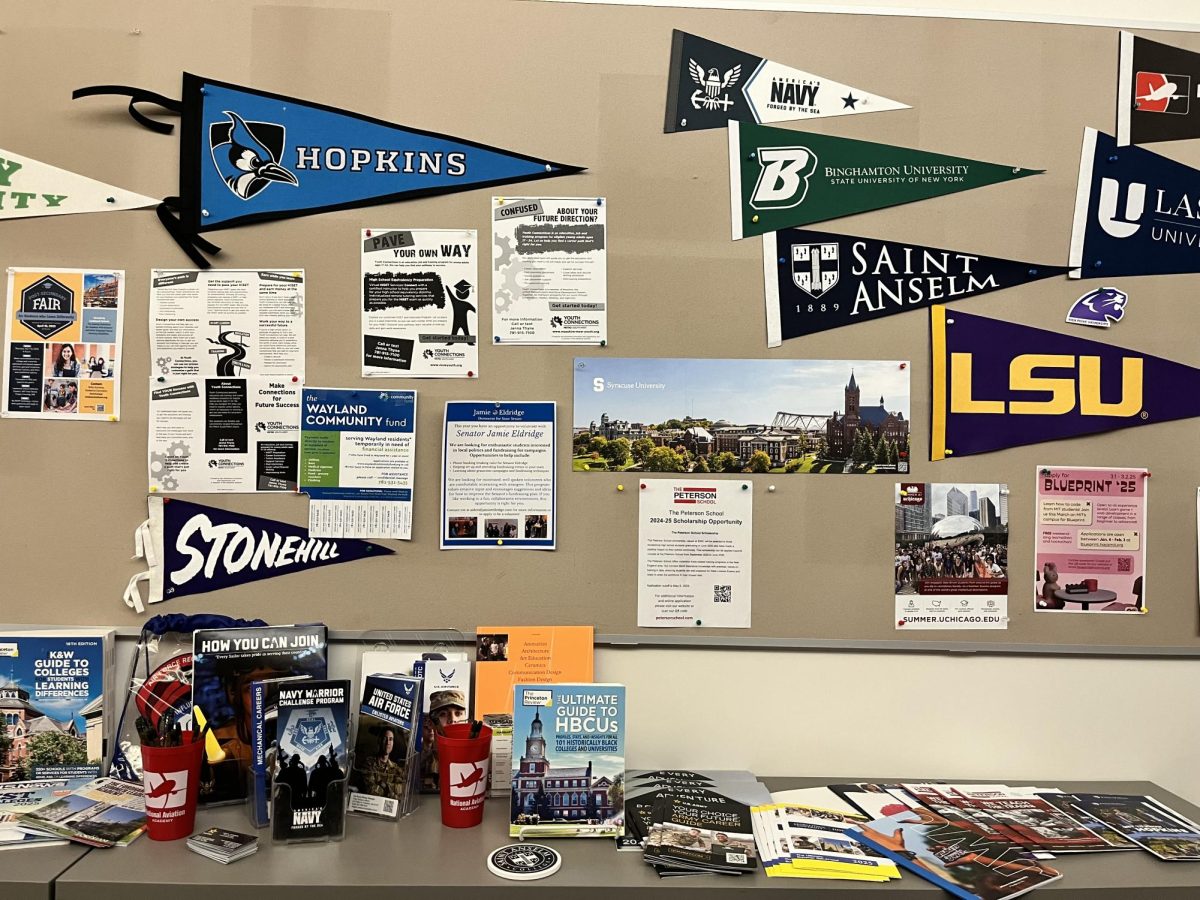 Keaton leaves his house late this morning. Just as he pulls up to school, the 7:25 bell rings. He races to class, avoiding the hole in the walkway between the Language and History buildings, and makes it to Mr. Keaney’s first period English class just as the bell rings. No demerits for Keaton today.
Keaton leaves his house late this morning. Just as he pulls up to school, the 7:25 bell rings. He races to class, avoiding the hole in the walkway between the Language and History buildings, and makes it to Mr. Keaney’s first period English class just as the bell rings. No demerits for Keaton today.
After third period, Marina leaves her math class and journeys to lunch in the Commons. Consumed with thoughts of her upcoming performance in “The Ballad of High School,” she steers clear of the hole between the Language and History buildings. Marina carries her school lunch tray of mozzarella sticks on her lap, and positions herself at the end of the table to eat.
At the end of school, Andrew heads from the Commons to LRT West. He presses a button, and waits for the door from the Commons to open. The button is not working today, but the girl behind him runs ahead to hold the door. Today, Andrew is editing the script for his new sitcom called “Classroom.” The script, which he types with his nose, is currently 15 pages long, and he has a lot of work to do.
Keaton, Marina, and Andrew are like other students at Wayland High School; they don’t like being late, they eat lunch in the Commons, and they stay busy after school. Every student faces challenges—academic, social, or physical. Like every other student in Wayland, these three students must overcome daily trials. However, because they are in wheelchairs, some of their challenges take on different faces.
The wheelchair accessibility on campus is limited. “There are only certain ways I’m actually able to go to get to class. Sometimes I can’t go a certain way because of the stairs,” says sophomore Marina Shelton. Marina suffers from a traumatic brain injury she incurred in 4th grade, and she has been in a wheelchair ever since. “The Arts Building has no elevator, so I can’t get up [to the second floor],” says Andrew Pilkington, a junior who was born with cerebral palsy. “I have been on the second floor, but I have to walk,” he adds.
The non-automatic, heavy doors can also cause trouble. “Opening doors is kind of hard. I can open them if I’m coming out of a building, but I can’t really go into a building as easily,” says Keaton Sakowich, who is also a sophomore. Keaton has A-T (short for Ataxia-Telangiectasia), a multi-system disorder that includes loss of muscle control. Keaton adds that it would be nice to have “doors that open when you press a button. The one that they do have [in the Commons] doesn’t always work.”
However, it seems that much of the time, someone is there to hold a door, or carry a lunch. “They help me without me asking them. I only have to ask for help sometimes,” says Keaton. Marina adds, “People at school are really good about helping me with what I need—they’ve been doing that ever since I went back to school in 5th grade. It’s something that’s been helping me get better.” Andrew sums it up, saying, “Whenever people see me struggling, they help automatically.”
There is no doubt that students are helpful. But how many of them stop to think about life from Marina, Keaton, or Andrew’s perspective? “I don’t think that most people completely understand what it’s like to be in a wheelchair,” says Marina. “I remember what it was like before I got hurt. A lot of people could probably imagine it, but I don’t think anybody completely knows the amount of pain it is for me.”
Keaton, Marina, and Andrew have all made one thing very clear; they are not out for any special attention. They have the same hobbies, wants, and needs as any other student at Wayland High School. “Just treat me like everyone else,” says Keaton.
“I don’t like when people sometimes stop me and ask me stupid questions like ‘how is my day going?’ or make small talk,” says Andrew, who has a hard time with speech. “I can tell when people are just being nice to me. I’m talking and they go ‘Yeah, yeah,’ and I say, ‘you have no idea what I’m saying.’ People do that to me like five times more than they do it to everyone else. Especially teachers. They stop me in the hallway and say ‘Hi Andrew! How are you?!?… I want everyone to know that my brain is just as good as anyone else’s.”
“I’m still open to helping people with their needs—emotional or physical. I’m not asking for all of the help, I want to be helpful too,” says Marina. “Even though I have a traumatic brain injury, I’m still the same person I always was. People can still have fun being around me, and I have fun being with them.”
Interviewing was contributed by Travis Downs.
For more information about these challenges, see these links:
The Brain Injury association of the USA: http://www.biausa.org/
United Cerebral Palsy: http://www.ucp.org/
The AT Children’s Project: http://www.communityatcp.org/Page.aspx?pid=1200

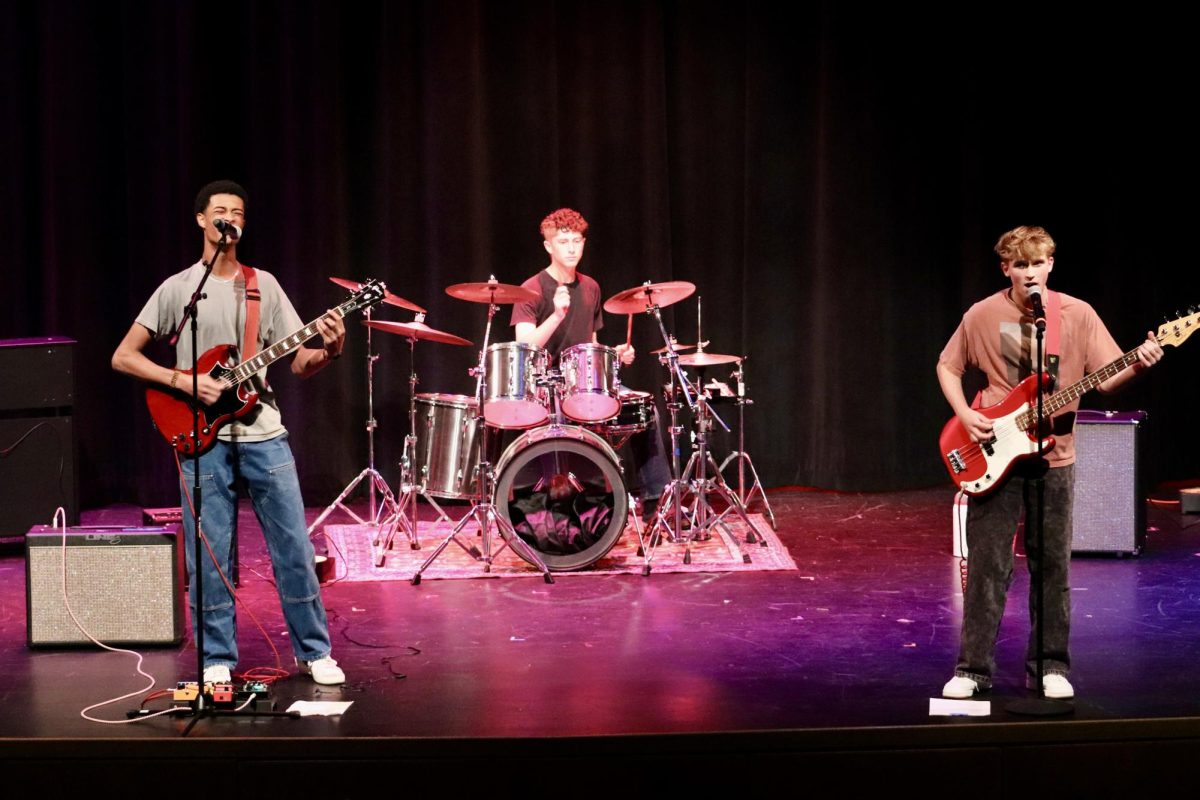



![Last Wednesday, the Wayland School Committee gathered to discuss a number of topics regarding the health curriculum and Innovation Career Pathway course. Another large topic of conversation was the ways to potentially mitigate distracting cell phone usage. "These [phones] are going to distract your learning and social relationships," Superintendent David Fleishman said. "That's concrete right there."](https://waylandstudentpress.com/wp-content/uploads/2025/06/Screenshot-2025-06-04-at-9.49.31 PM-1200x886.png)





